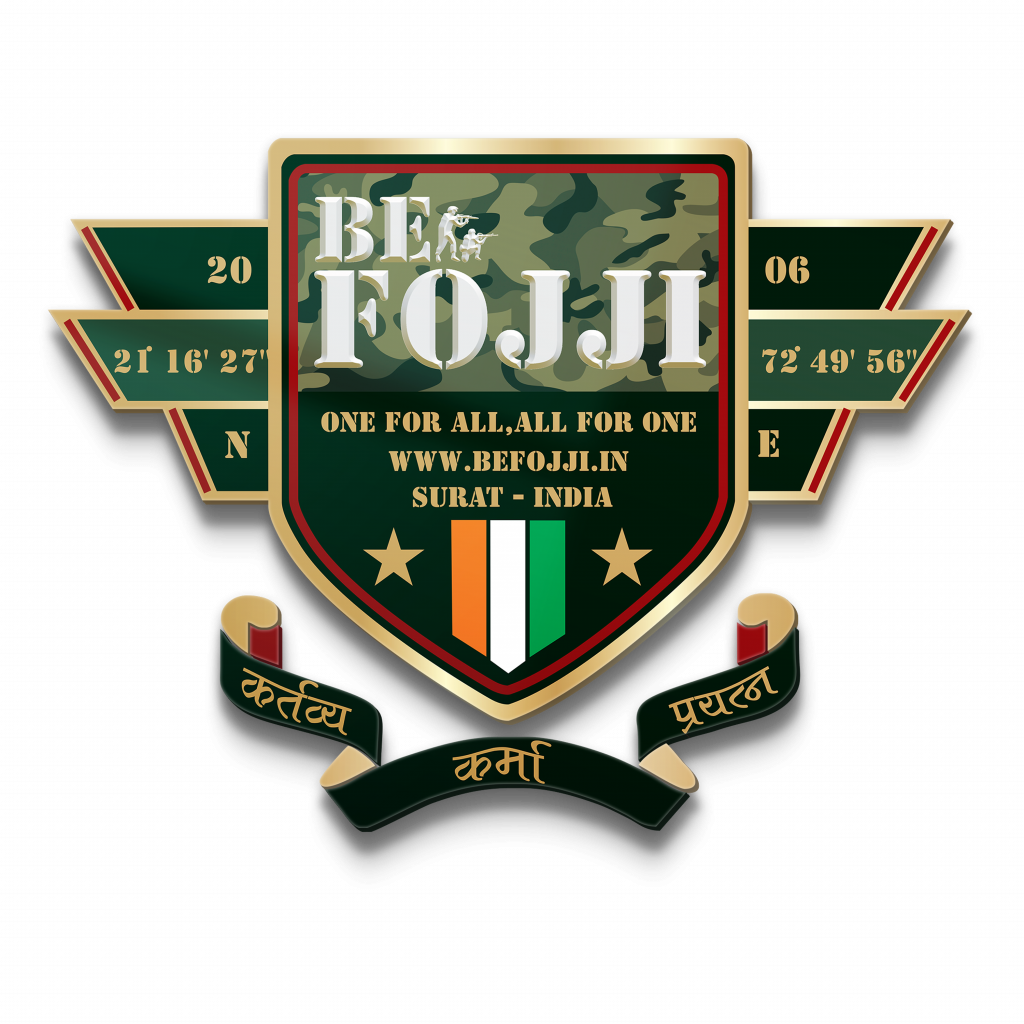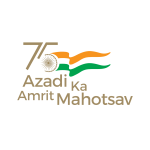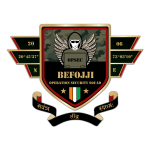
It is said that Indians are mad about Indian Flag. As per our personal belief “This is not just a Flag, It is a Responsibility”. Every Indian is responsible for the respect of the Indian Flag. Let’s talk about the Indian Flag from Past to Present. The first ever flag was introduced after the Partition of Bengal (1905) representing the Indian independence movement. The flag was launched in Calcutta including Eight white lotuses on upper green band, and Vande Mataram slogan in Hindi in the central yellow band. Madam Bhikaji Cama slightly modified the flag at second International Socialist Congress in Stuttgart in 1907. It failed to create enthusiasm amongst Indians. At the same time period Sister Nivedita introduced a new design of a flag including a hundred and eight oil lamps on the border with the Vande Mataram caption spilt around thunderbolt.
In 1909, Lord Ampthill, Governor of Madras Presidency wrote to The Times of London that “There is no flag representative of India as an Indian Province”. In 1916, Pingali Venkayya submitted Thirty (30) new designs in the form of a booklet in the High Court of Madras. In April 1921, Mohandas Karamchand Gandhi wrote about the need for an Indian Flag in his journal Young India, proposing a flag with Charkha at center designed by Pingali Venkayya which was there to symbolize Gandhiji’s goal of making self reliant by fabricating own clothing. This flag was first hoisted on the day of 13th April, 1923 during a procession by Local Congress in Nagpur for Jallianwala Bagh Massacre for that five people were imprisoned.
The Tricolor Flag with Ashok Chakra in the center was presented to Constituent Assembly on 22nd July, 1947. A few days before independence, the Constituent Assembly decided to make some changes in the flag just to maintain the beliefs of all parties and communities. On the 15th August 1947, Swaraj Flag was chosen with tricolors and the Ashok Chakra in the center. All three colors and an Ashok Chakra stands for the particular denotations. Saffron denotes the courage and sacrifice. White denotes the truth and peace. Green denotes faith and prosperity. The Ashok Chakra in the center with the 24 spokes stands for eternal wheel of law.
The Indian National Flag is the symbol of National Unity.
[ngg_images source=”galleries” container_ids=”8″ display_type=”photocrati-nextgen_basic_thumbnails” override_thumbnail_settings=”0″ thumbnail_width=”240″ thumbnail_height=”160″ thumbnail_crop=”1″ images_per_page=”20″ number_of_columns=”0″ ajax_pagination=”0″ show_all_in_lightbox=”0″ use_imagebrowser_effect=”0″ show_slideshow_link=”1″ slideshow_link_text=”[Show slideshow]” order_by=”sortorder” order_direction=”ASC” returns=”included” maximum_entity_count=”500″]
The Accepted and modified designs of Indian flag.
“A flag is a necessity for all nations. Millions have died for it. It is no doubt a kind of idolatry which would be a sin to destroy. For, a flag represents an Ideal The unfurling of the Union Jack evokes in the English breast sentiments whose strength it is difficult to measure. The Stars and Stripes mean a world to the Americans. The Star and the Crescent will call forth the best bravery in Islam.”
“It will be necessary for us Indians Muslims, Christians Jews, Parsis, and all others to whom India is their home-to recognize a common flag to live and to die for.”
– Mahatma Gandhi

JAI HIND 🇮🇳 JAI BHARAT
WRITEN BY
[tmm name=”hardik-gurav”]










